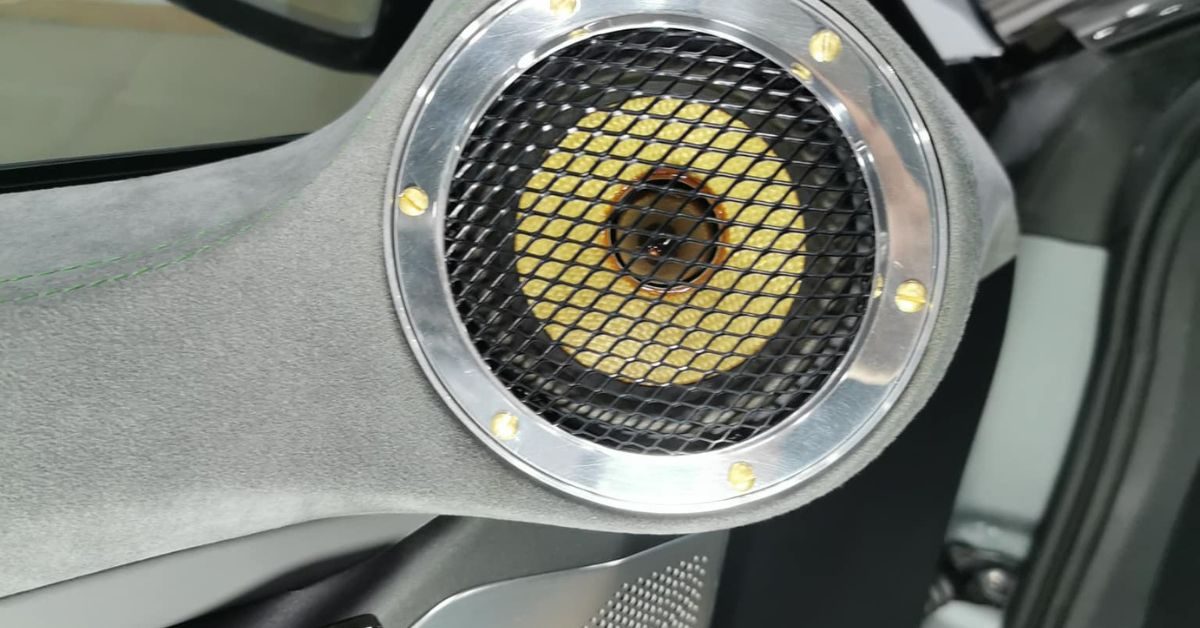
Nestled between the sparkling Tyrrhenian Sea and the dramatic cliffs of southern Italy, the Amalfi Coast is a breathtaking destination that beckons travelers from around the globe. For those based in Rome, a day trip to this stunning region offers an exciting blend of ancient history and picturesque coastal views. This guide will take you through an unforgettable day trip from Rome to Pompeii and Amalfi Coast, with a stop at the iconic ruins of Pompeii.
Setting Off from Rome
Start your day early to make the most of your adventure. The journey from Rome to the Amalfi Coast typically takes about 3 to 4 hours by car or train, making it feasible to explore both Pompeii and one of the coastal towns, like Positano or Amalfi, within a single day. If you prefer public transport, the high-speed train from Rome to Naples is your best bet. From Rome to Naples day tour, you can either rent a car or take a bus or ferry to your coastal destination.
First Stop: The Ancient Ruins of Pompeii
Your first major stop will be Pompeii, the ancient Roman city famously preserved by the catastrophic eruption of Mount Vesuvius in 79 AD. Arriving at the archaeological site, you will feel as though you’ve stepped back in time.
Exploring the Ruins
The vast site covers over 170 acres, filled with well-preserved buildings, frescoes, and mosaics. Key highlights include the Forum, where the social and political life of the city unfolded, the amphitheater, which hosted gladiatorial games, and the beautifully detailed Villa of the Mysteries. A guided tour is highly recommended to fully appreciate the historical significance and hear fascinating stories of life in ancient Pompeii.
As you wander through the streets, be sure to look for the poignant casts of those who perished during the eruption—an eerie but moving reminder of the city’s tragic fate. Plan to spend at least two to three hours here to truly soak in the history.
Journeying to the Amalfi Coast
After exploring Pompeii, it’s time to make your way to the Amalfi Coast. The drive offers spectacular views of terraced vineyards, olive groves, and glimpses of the turquoise sea. If you’ve opted for public transportation, the SITA bus service provides a scenic route along the coast.
As you approach your chosen destination, the colorful cliffside villages come into view, each offering its unique charm and character.
A Taste of Positano
If you choose to visit Positano, prepare to be captivated by its cascading pastel buildings and narrow, winding streets. Spend your time exploring boutique shops, enjoying a leisurely lunch at a seaside restaurant, and soaking in the breathtaking views from the beach.
Dining in Positano
Dining in Positano is a culinary experience you won’t want to miss. Indulge in local specialties such as fresh seafood pasta, Caprese salad, and the region’s famous limoncello. A meal with a view of the shimmering sea is the perfect way to savor the flavors of the Amalfi Coast.
Discovering Amalfi
Alternatively, if you head to Amalfi, you’ll be greeted by its historic charm. Visit the stunning Amalfi Cathedral, known for its intricate architecture and impressive staircase. The town is also famous for its paper-making tradition, so consider stopping by a local workshop to see artisans at work.
Shopping and Sightseeing
Take some time to explore the quaint streets filled with shops selling handmade goods, local ceramics, and, of course, limoncello. The Amalfi Coast is renowned for its lemons, which are larger and sweeter than those found elsewhere, making for some of the best lemon-based treats in Italy.
Scenic Views and Relaxation
Whether you choose Positano or Amalfi, be sure to carve out time to simply relax and enjoy the stunning coastal views. Grab a gelato and find a sunny spot to soak up the ambiance, or take a leisurely stroll along the beach. The vibrant colors, from the blue of the sea to the lush green hills, provide the perfect backdrop for photos and memories.
Returning to Rome
As the sun begins to set, it’s time to make your way back to Rome. Whether you return by bus or car, take a moment to reflect on your adventure. The journey back offers a chance to relive the day’s highlights and perhaps plan your next visit to explore more of this breathtaking region.
Conclusion
A day trip from Rome to the Amalfi Coast and Pompeii is an adventure filled with history, culture, and stunning natural beauty. With its ancient ruins and breathtaking coastal towns, this journey is sure to leave you with lasting memories and a desire to return. So pack your bags, set your itinerary, and prepare for a day filled with discovery and delight on one of Italy’s most beautiful routes.

